Nuclear fusion is the holy grail for the ultimate clean energy power source. Virtually limitless clean power that’s fueled by sea water and is much safer than the fission nuclear reactors we have today. What’s not to like? Probably the fact that they don’t exist yet, it’s costing billions of dollars for the research, and we always seem to be perpetually 30 years away from having working reactors. It’s a common joke that we’re always 30 years away, and one that I saw a lot in the comments on my solid state battery video.
“Solid state batteries is starting to sound like Fusion technology.” -Gene Au
There have been some exciting breakthroughs over the past few years, so are we really stuck 30 years away from fusion reactors … forever?
The basics of fusion vs. fission
I’m going to keep this higher level because nuclear physics is clearly a very complex topic that’s out of scope for this video … and my channel… and my brain. I’ll include some links in the description for more details and explanations if you’re interested, but here’s how it works at a high level.
Fission is what happens when a neutron slams into a larger atom, which splits it into two smaller atoms. Additional neutrons are also released in this process and can start a chain reaction by slamming into more atoms to continue the process. When an atom is split a massive amount of energy is released, which generates heat. In the nuclear reactors we have today around the world, that heat is captured to turn water into steam, which then turns a turbine to produce electricity.
Fusion is the opposite of fission, and it’s what’s happening in our sun and all stars in the universe. Fusion is when two atoms slam together to form a heavier atom, like two hydrogen atoms fusing together to form one helium atom. The power released in this process is several times greater than the power released from fission1.
Fission reactions don’t occur normally in nature, but as I mentioned before, fusion occurs in stars. One big benefit of fusion over fission is that it doesn’t produce highly radioactive fission products. It’s also safer because of how the nuclear chain reaction behaves. In fission, the chain reaction of splitting atoms can get out of control, which will either cause an explosion or a reactor to meltdown and release massive amounts of radioactive particles … for years and decades into the future. While nuclear reactors are very safe in practice, there have been several notable examples of what can happen if things go wrong. All you have to do is look at Three Mile Island in 19792, Chernobyl in 19863, or Fukushima in 20114. Fusion reactions, however, are very different. It takes a massive amount of heat to create plasma in the center of a fusion reactor. Plasma is superheated matter that gets so hot it rips away electrons from the atoms forming an ionized gas.5 The freed nuclei, which are positively charged and usually repel from each other, start bouncing around at great speeds and can fuse together, which releases energy in the process.6 If a fusion reaction becomes unstable or unbalanced, it naturally slows down, dropping the temperature until it stops. The worst case scenario is damage to the fusion reactor and immediate surroundings, but very little else.7
But the safety benefits aren’t the only reasons we’re working to build fusion reactors. Instead of using something like uranium or plutonium as a fuel source, fusion reactors can use deuterium and tritium. When heated to 150 million degrees and slammed into each other, they produce helium and a neutron. Both deuterium and tritium can be extracted from seawater and lithium. There’s enough fusion fuel on earth to power our planet for millions of years.8
So what’s the catch? Well … it’s a big one … we haven’t been able to produce a fusion reaction in an energy efficient and sustained way yet. It takes more energy to generate the heat and pressure needed to create the fusion reaction than the energy we get out of it. This is referred to as the “fusion energy gain factor.”9 It’s the ratio of energy to maintain the reaction vs. what it’s producing, which is often expressed by the symbol Q. So a Q of 1 would be breakeven. A Q of 2 would double the energy you put in. And a Q that’s less than 1 would mean a loss of energy. In 2017 the record for Q was set by the JET tokamak reactor in the UK, which was Q = 0.67.10 But there’s a lot of nuance to that because these reactions are experiments running on cheaper hybrid forms of fuel, which aren’t as efficient as deuterium and tritium. So researchers also have other calculations they do to estimate real world performance with things like “extrapolated breakeven,” “engineering breakeven,” and “commercial breakeven.” Again, that’s all out of scope for this video, but I’ll include links if you’re interested.
Breakthroughs and progress
But that’s not the end of the catch. We’ve been researching and experimenting with fusion since the 1930’s. That’s right … almost 90 years.. But the first fusion devices didn’t show up until the 1950’s. When people joke that fusion energy is always 30 years away, this is why. The predictions for when the fusion energy gain factor would be at a workable level has been wrong again and again.11 A lot of the times these predictions are coming from researchers trying to get funding, so there is some overselling going on in order to generate interest. It’s important to look at this holistically. Saying that we’ll never achieve fusion energy because we’re always 30 years away is ignoring the actual progress that’s been made. The overselling of the timeframe has damaged fusion energy’s perception.
In the 1970’s and 80’s we had several tokamak style reactors built, which use a torus shape … kind of like a big donut. The tube is ringed by giant magnets that create a magnetic field to confine the hot plasma used for the fusion reaction. Three of the more notable tokamak’s are the Joint European Torus, or JET;12 the Tokamak Fusion Test Reactor, or TFTR in the US;13 and the JT-60 reactor in Japan.
It was also in the 1980’s when an international project was launched to build one of the largest tokamak reactors in the world, ITER. This 35 year collaboration between China, the EU, India, Japan, Korea, Russia, and the US is building a facility in southern France that should be capable of achieving a Q greater than 10. If it works out like they’re hoping, it should be able to generate about 500 MW of fusion power from 50 MW of input heating power.14 ITER itself is not meant to be a working reactor, but a test facility to prove out the technologies and design for fusion power plants of the future. As exciting as that may sound, it’s suffered from major cost overruns and delays, but as of right now, it’s scheduled for its first plasma in December 2025. And then ramping up to full operation by 2035.
When you look at the progress that’s been made over the past 50 years in fusion research, there’s been an increase in plasma performance by a factor of 10,000. And we’re about a factor of 10 away from having the core of a fusion power plant.15
If you put aside the crazy predictions of when specific people or researchers think we’ll get working reactors, and focus on what progress has actually been made, that’s when you see that this is a generational process. New advancements in material science, high-speed supercomputers, and modeling and simulation with the aid of machine learning are unlocking new approaches … quickly … in relative terms. And in some cases relaunching old approaches that had to be abandoned because certain technologies didn’t exist yet.
ITER is testing magnetic-confinement fusion (MCF) at a massive scale. It’s a tokamak that’s using powerful electromagnetic fields to confine the plasma into the reactor.16 Scaling up the size of the reactor should scale up the reaction and energy. It’s part of the reason that the project is so expensive and taking so long.
But on the flip side of this is to go smaller. In 2015, MIT proposed a new design for a compact tokamak fusion reactor.17 It creates much stronger magnetic fields using rare-earth barium copper oxide superconducting tapes. That’s a mouthful. This stronger magnetic field makes it possible to create and maintain the plasma in a smaller size. For a sense of scale, an arc reactor could achieve net energy gain in a system 2% the size of ITER.18 The smaller size means that the whole system is less expensive and faster to build.19 MIT has spun off a company called Commonwealth Fusion Systems that is employing this in something they’re calling a Sparc reactor.
Then there are projects using inertial-confinement fusion (ICF), which uses powerful pulsed lasers or ion beams to compress a fuel pellet to an extremely high density.20 The shock wave from the process heats the plasma. A British company called First Light Fusion is taking its inspiration for this type of design from the pistol shrimp. Yes, a shrimp. Not to get too far off-track, but a pistol shrimp snaps it’s claw together so fast that it rips the water apart creating a low pressure zone. Bubbles collect in this area and rapidly expand. The outside pressure of the surrounding water pushes back and collapses the bubbles.21 This vapor inside that low pressure zone is compressed to the point that plasma actually forms and reaches temperatures over 4,700 °C. First Light Fusion is replicating this process in their reactor but using a metal disk-shaped projectile and a cube filled with a fuel source in a central cavity. The projectile’s impact creates shock waves, which produce bubbles in the fuel, and as they collapse, the fuel inside is compressed enough to fuse. They’re hoping to have a net energy gain demonstration by 2024.
And one of the most recent fusion developments is around lasers. In 1985 Donna Strickland and Gerald Mourou demonstrated “Chirped Pulse Amplification” of lasers at the University of Rochester. Shout out to my hometown! The discovery gets petawatt level performance out of an ultrashort laser, which was a game changer for laser science. Up until this point lasers had only been pushed to megawatt and gigawatt levels.22 To put that in perspective, a kilowatt is 1,000 watts. A megawatt is 1,000 kilowatts. A gigawatt is 1,000 kilowatts. A terawatt is 1,000 gigawatts. And a petawatt is 1,000 terawatts. This discovery won Strickland and Mourou a Nobel Prize for physics in 2018.23 This breakthrough in laser technology made an older fusion concept, known as Hydrogen-boron 11 fusion (HB11), possible. emeritus Professor Heinrich Hora of University of South Whales in Sydney, Australia has spoken of this concept since the 1960’s. HB11 Energy is a company spun out from the university that has patents in the U.S., Japan, and China. Instead of needing to heat a deuterium-tritium fuel to the temperature of the sun, lasers are used to speed hydrogen atoms into colliding with boron to begin a reaction.24 It wasn’t until CPA lasers, some 20 years later, that this older idea became feasible. Where a tokamak reactor would be used to heat water to generate steam and turn a turbine, HB11’s process would be generating electricity directly from the energy created from the hydrogen-boron fusion. The end result would be very small, efficient, and safe.
These aren’t the only breakthroughs, or reactor designs being tested, but it’s some of the more interesting examples that I’ve found of what’s happened in fusion research in the past few years. Does this mean that we’ll have fusion reactors within 30 years? Who knows, but if you look at how far we’ve come from the first experiments to now, there has been incredible progress around a very complicated problem. Even if many of these companies hit their timelines and prove their designs in the next 3 to 5 years, that doesn’t mean we’ll have a commercially viable reactor working right away. Just as I talked about in my solid state battery video, there’s a gap between the lab and a commercialized product. Don’t expect your home to be fusion powered anytime in the next 10 – 20 years, but we’re getting very close to proving out the concept and technology needed to make it work. And that’s something to really look forward to. Just take those time estimates with a massive grain of salt.
If you liked this video be sure to check out my video on solid state batteries. That’s another one where we keep getting promised that the next big battery is almost here, but we keep waiting. Now, Jump into the comments and let me know what you think. I’d also like to welcome Craig Sweetnam as one of my new Patreon Producers. And as always, thanks so much for watching, I’ll see you in the next one.
Additional reading:
1: http://www.energy.gov/ne/articles/fission-and-fusion-what-difference
2: http://en.wikipedia.org/wiki/Three_Mile_Island_accident
3: http://en.wikipedia.org/wiki/Chernobyl_disaster
4: http://en.wikipedia.org/wiki/Fukushima_Daiichi_nuclear_disaster
5: http://www.psfc.mit.edu/vision/what_is_plasma
6: http://www.psfc.mit.edu/vision/what_is_plasma
7: http://www.diffen.com/difference/Nuclear_Fission_vs_Nuclear_Fusion
8: http://generalfusion.com/what-are-the-benefits-of-fusion-energy/
9: http://en.wikipedia.org/wiki/Fusion_energy_gain_factor
10: http://en.wikipedia.org/wiki/Fusion_energy_gain_factor
12: http://en.wikipedia.org/wiki/Joint_European_Torus
13: http://en.wikipedia.org/wiki/Tokamak_Fusion_Test_Reactor
14: http://www.iter.org/proj/inafewlines
15: http://www.iter.org/sci/BeyondITER
16: http://spectrum.ieee.org/energy/nuclear/5-big-ideas-for-making-fusion-power-a-reality
17: http://news.mit.edu/2015/small-modular-efficient-fusion-plant-0810
18: http://physicsworld.com/a/a-commercial-path-to-fusion/
19: http://news.mit.edu/2015/small-modular-efficient-fusion-plant-0810
20: http://spectrum.ieee.org/energy/nuclear/5-big-ideas-for-making-fusion-power-a-reality
21: http://spectrum.ieee.org/energy/nuclear/5-big-ideas-for-making-fusion-power-a-reality
22: http://cuos.engin.umich.edu/researchgroups/hfs/facilities/chirped-pulse-amplification/
24: http://www.popularmechanics.com/science/a31080902/fusion-energy-hydrogen-boron/
25: http://world-nuclear-news.org/Articles/Upgrade-of-Wendelstein-7-X-continues



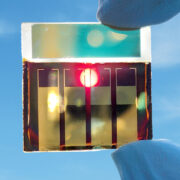
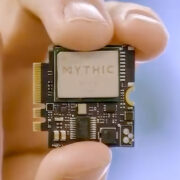
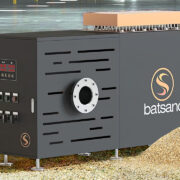
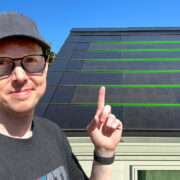
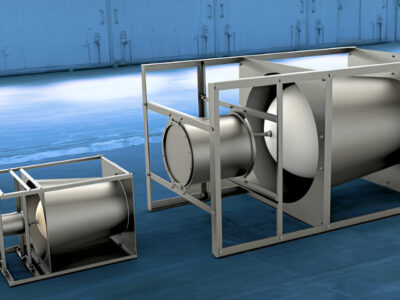
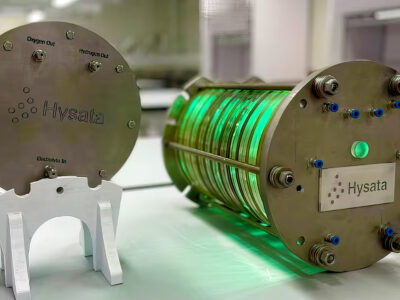
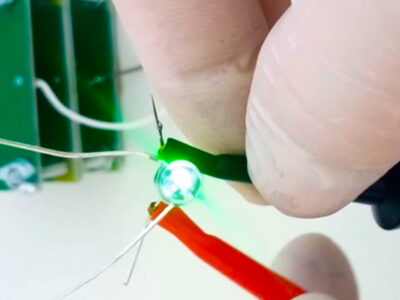
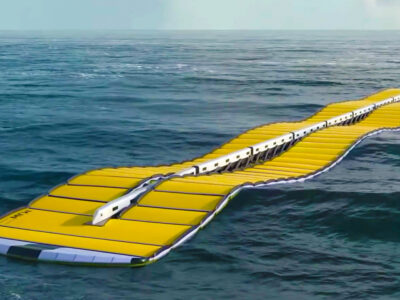


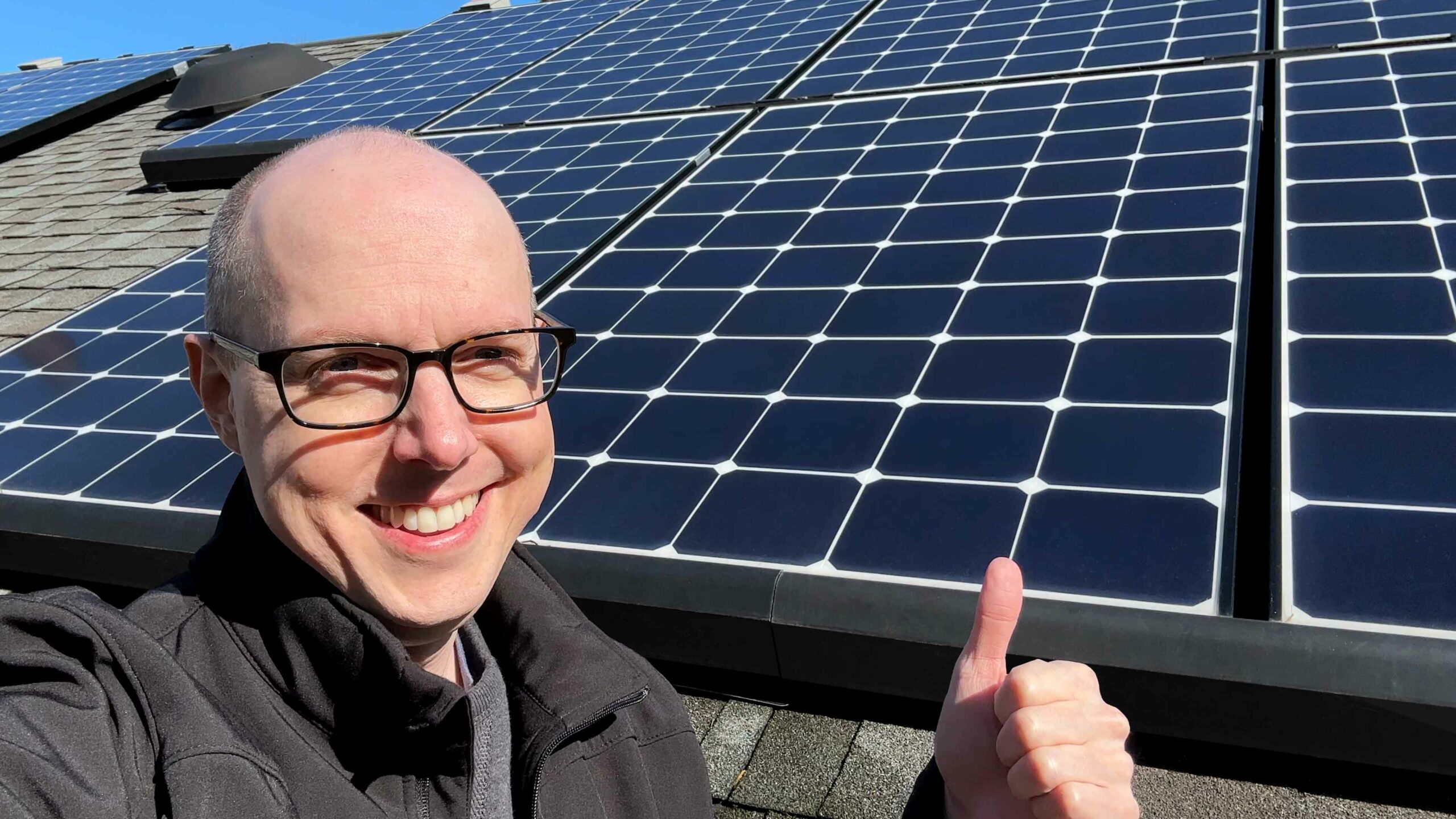
Comments